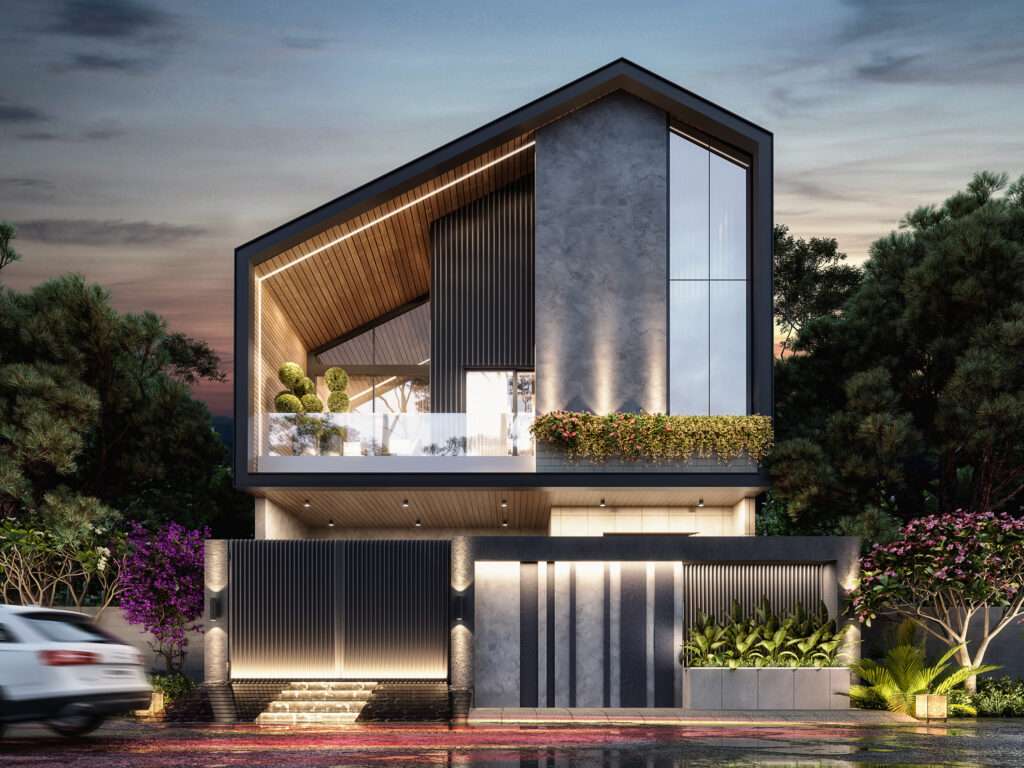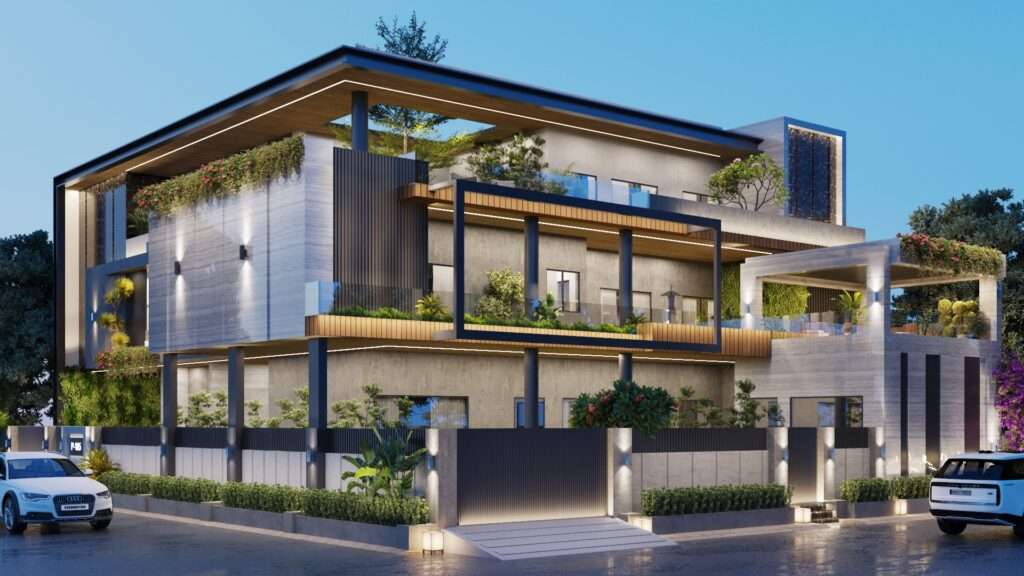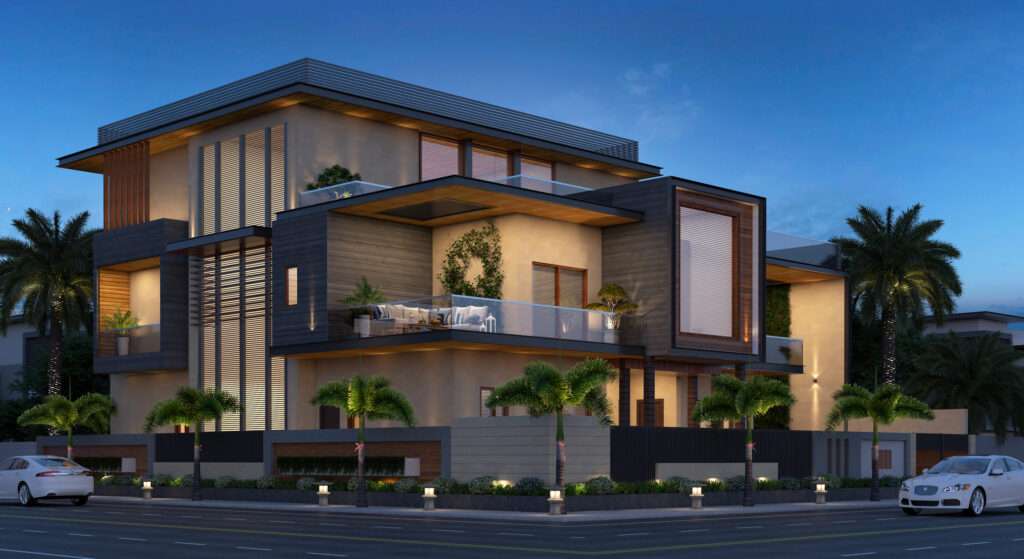
Contemporary Style



Introduction
In the realm of architecture, elevation design holds the power to captivate, inspire, and redefine our urban landscapes. Contemporary elevation design, with its fusion of modern aesthetics, innovative materials, and creative forms, is revolutionizing the way we perceive and interact with our built environment. This blog explores the captivating world of contemporary elevation design, delving into its key principles, influential trends, and the transformative impact it has on architectural aesthetics.
The Essence of Contemporary Elevation Design
Contemporary elevation design embodies a unique blend of artistic expression, functionality, and modern sensibilities. It transcends the boundaries of traditional architectural styles and embraces innovative approaches to form, materials, and spatial composition. At its core, contemporary elevation design seeks to create visually striking exteriors that reflect the spirit of the times and establish a harmonious connection with the surrounding context.
Key Design Principles
a) Clean Lines and Geometric Forms: Contemporary elevation design favors clean lines, geometric shapes, and simplicity. The use of straight edges, angular forms, and well-defined planes creates a sense of clarity and visual balance. These elements contribute to the overall sleek and modern aesthetic of contemporary elevations.
b) Material Exploration: Contemporary elevation design encourages the use of innovative and sustainable materials. Glass, steel, concrete, wood, and composite materials are often employed to create visually dynamic facades. The careful selection and juxtaposition of materials add texture, depth, and visual interest to the building’s exterior.
c) Transparency and Light: The incorporation of transparent elements, such as large windows, glass facades, and skylights, is a hallmark of contemporary elevation design. This emphasis on transparency allows natural light to flood the interior spaces, blurring the boundaries between indoor and outdoor environments, and creating a sense of openness.
d) Integration of Technology: Contemporary elevations often incorporate cutting-edge technologies to enhance functionality and aesthetics. These can include dynamic shading systems, smart glass that adjusts transparency, and integrated lighting solutions that transform the building’s appearance at night. Technology-driven elements add a layer of sophistication and adaptability to contemporary elevations.
Influential Trends in Contemporary Elevation Design
a) Sustainable Design: Contemporary elevation design places a strong emphasis on sustainability and eco-conscious practices. Green facades, living walls, solar panels, and rainwater harvesting systems are increasingly integrated into contemporary elevations, promoting energy efficiency and environmental responsibility.
b) Parametric Design: Parametric design tools enable architects to create complex and intricate forms that were once inconceivable. This approach allows for the exploration of innovative shapes, patterns, and geometries, resulting in visually stunning and highly personalized contemporary elevations.
c) Integration of Nature: Contemporary elevations often incorporate elements of nature, such as vertical gardens, rooftop gardens, and green roofs. These features not only enhance the visual appeal of the building but also promote a connection with the natural environment, improving air quality and the well-being of occupants.
d) Adaptive Facades: Adaptive facades, characterized by movable components or responsive materials, offer flexibility in terms of insulation, shading, and visual appearance. These dynamic facades respond to changing environmental conditions, optimizing energy efficiency and creating visually captivating elevations.
The Future of Contemporary Elevation Design
As architecture continues to evolve, contemporary elevation design will push boundaries further, embracing advancements in technology, sustainability, and material innovation. The integration of augmented reality, 3D-printed components, and intelligent facades holds promise for creating even more dynamic and interactive contemporary elevations.
Conclusion
Contemporary elevation design represents a captivating fusion of artistic expression, technological innovation, and sustainable practices. It challenges conventional architectural norms, reimagines our urban landscapes, and invites us to engage with the built environment in new and exciting ways. As the world progresses, the future of contemporary elevation design promises to push boundaries further, creating iconic structures that redefine architectural aesthetics for generations to come.